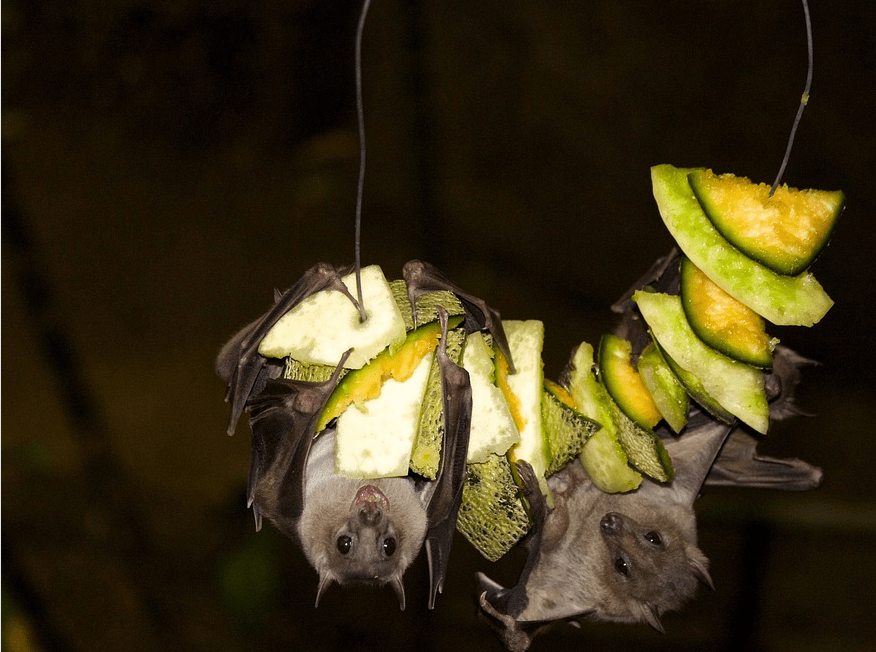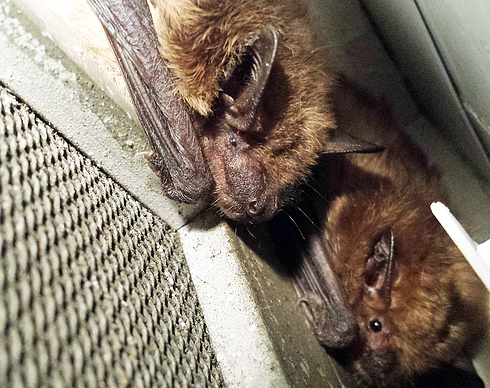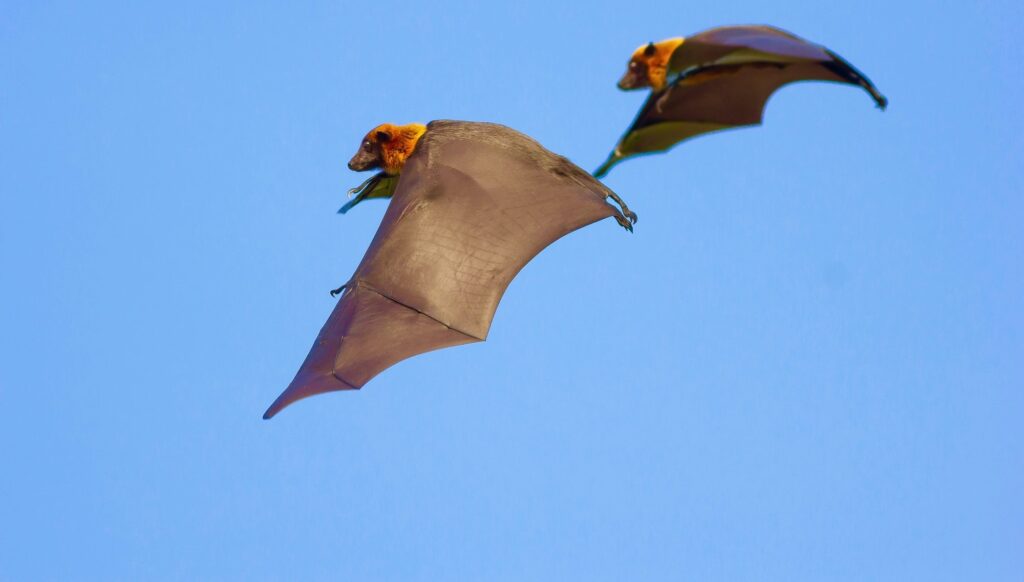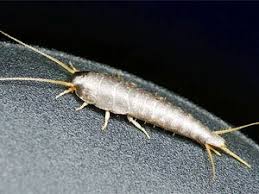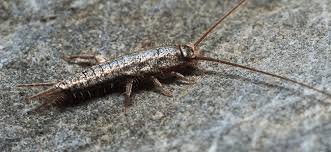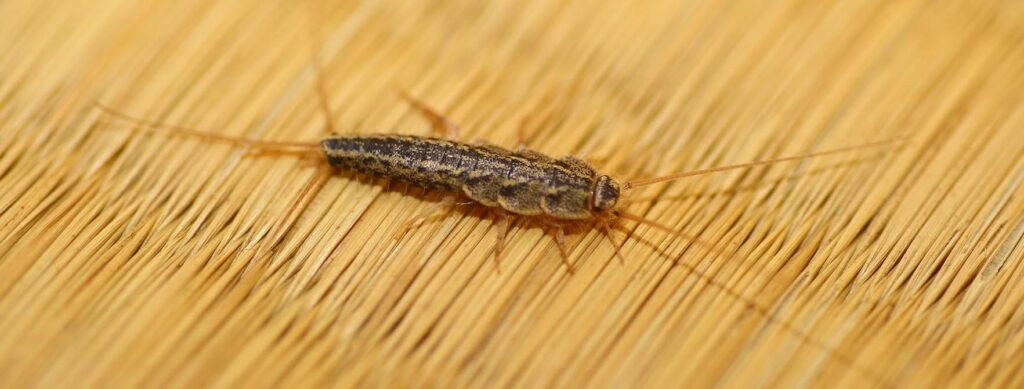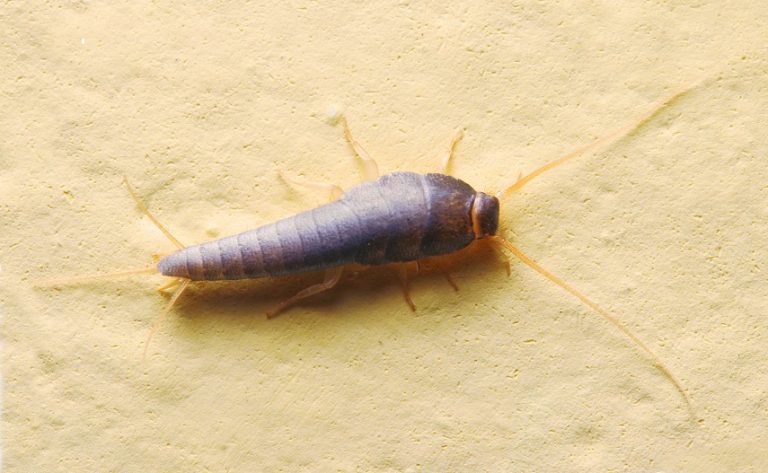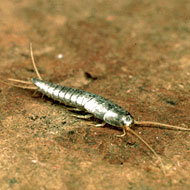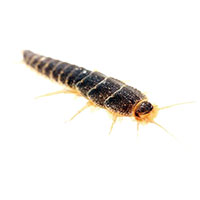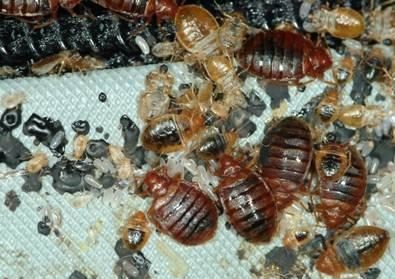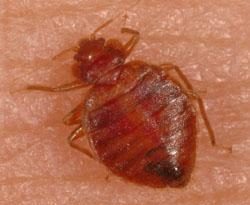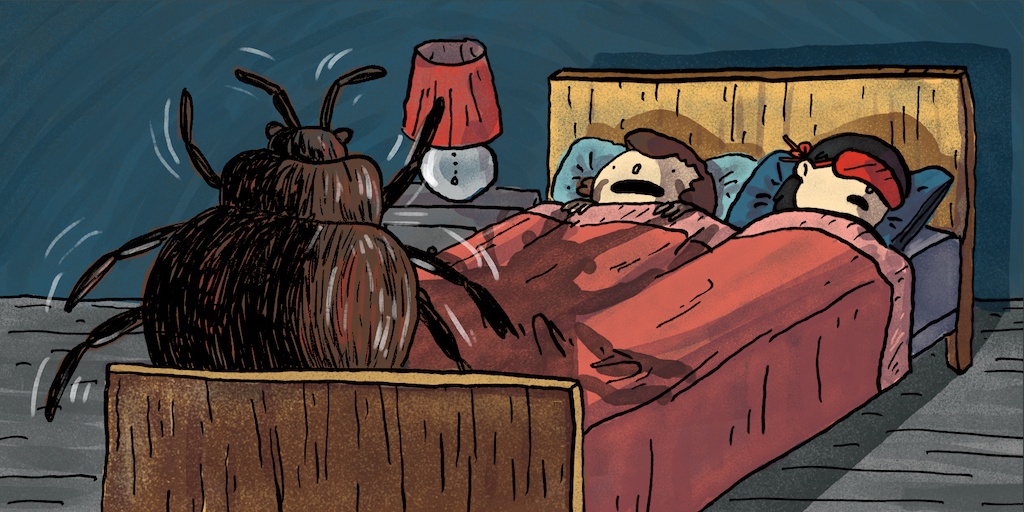Home Remedies to Get Rid of a Possum
Possums may be “out of sight, out of mind” most of the time, but even one can make a mess of your garden, get into the trash and pose a threat to pets. To get rid of possums, make your yard less attractive to them by making access to their food sources more difficult. Close off any areas they may use as dwellings, such as gaps beneath garden sheds and porches.
Discouraging Yard Visitors
A possum that visits your yard at night foraging for food will probably come back if it finds something to eat. It’s fairly easy to get rid of a possum that isn’t living in or under one of the structures on the property; just remove any potential food sources. Possums are omnivores, eating everything from trash to garden produce, insects and even mice. Even though they’re viewed as nuisances, possums can be beneficial to your yard, eating grubs, beetles, mice, other dead animals and even rats.
Garden Thieves
Possums may also munch on anything tasty they find in your garden. Install a chicken-wire fence approximately 4 feet high around the garden to discourage possums and other garden foragers such as rabbits. Do not attach the top 18 inches of the chicken wire to stakes; instead, bend the wire slightly outward. This way, any creature trying to climb the fence will fall outside of the garden, unable to get in
Possums in Residence
A mother possum may take up residence underneath your porch or shed, in the garage or even in the attic. If you’ve found one or more possums making a home in or around yours, look for all potential entry points. Block all but one hole by installing chicken wire or hardware cloth at least 8 inches beyond the hole, burying at least several inches of the wire beneath the dirt where applicable. Sprinkle the bottom of the entry hole with flour to be able to track footprints to ensure the possums have left before closing the hole. The possum will usually leave after sundown to forage for food. Closing the hole while the possum is away is the best way to get rid of it, as a possum usually only stays in one area for a maximum of three days.
If a possum won’t leave on its own, you can use a live trap to catch it. Use a trap least 12 inches high and wide and 32 inches long to catch the animal. Bait the trap with ripe fruit
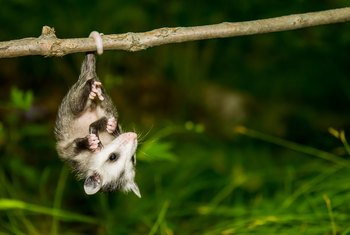
HOW TO GET RID OF OPOSSUMS
HOW TO GET RID OF OPOSSUMS IN THE ATTIC: Yes, this does happen quite frequently (see photo to left and below), and this is a very complex case. This almost always involves an adult female with baby possums. The baby opossums usually cling to their mother, but they drop off one by one as they grow, and it’s very common for small ones to rome around in the attic, and fall down walls or other cavities. There they will call out with a kind of chirping call, and if not removed, will die and cause an odor problem. Here are the general steps for removing opossums from an attic.
Step 1: Inspect the home, and find the entry hole(s), which are very large and obvious.
Step 2: Enter the attic. If you find the adult female, catch her via snare pole.
Step 3: Search the attic carefully, and find and remove any baby possums by hand.
Step 4: If you couldn’t find and remove them all (very hard to do), you will have to set traps. This is the only species for which traps in the attic will be successful.
Step 5: Once they are all out, repair the entry holes with pro-grade repairs.
Step 6: Clean the attic, removing all feces, and spray with enzyme cleaner.
Remember: An opossum in the attic often has babies. They must be removed too.
HOW TO GET RID OF OPOSSUMS VIA TRAPPING: Opossum trapping is subject to state laws regarding capture and relocation or euthanization of wildlife. If you have unwanted possums outside the home, in some cases, the only fix is to trap and remove the nuisance wildlife. We can safely, legally, and effectively catch and remove your nuisance opossums. Trapping is an art, and most amateur attempts go awry for a variety of reasons. An intimate knowledge of opossum behavior, both prior to and after trapping, and of various opossum trap types is necessary to ensure that the possum is trapped and removed without incident.
STEP 1: Determine if trapping is necessary, or if there is a preventative alternative.
STEP 2: Select the right trap for the situation, there are many types of opossum traps.
STEP 3: Set the traps in the correct areas, in the shade, camouflaged, on a flat sturdy surface, away from any obstructions or areas that can be damaged, etc.
STEP 4: Use the correct bait. Don’t use meat-based baits, which can attract stray cats.
STEP 5: Monitor the trap daily, remove trapped opossums & transport them.
HOW TO GET RID OF POSSUMS IN YOUR YARD
Opossum prevention – how to keep opossums away from your house and yard – Opossums are odd creatures that normally grow to the size of your average house cat. Despite the fact that their heritage has been linked to as far back as dinosaur days, it would seem that they haven’t really evolved much, still being classed as wildlife problem or pest, although they do have a few tricks up their sleeves if caught by an angry human, which in all fairness, can often work to the humans advantage!
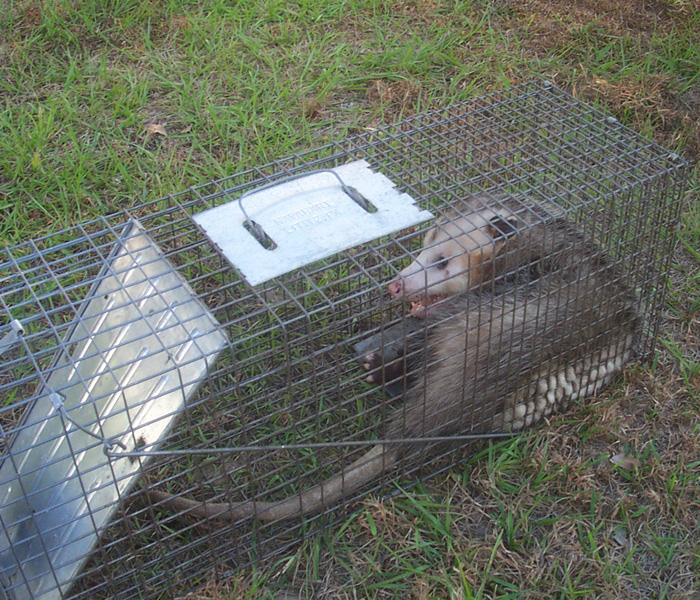
How to Get Rid of Possums
What is the best way on how to get rid of possums? Home appliances such as repellents and deterrents can be the option. The most effective repellents are focused on urine from mammals, such as bear, coyote, and fox.
Within the wild, urine is used by predators to mark their territories and their prey to avoid certain areas. Urine-based insecticides imitate their appearance and encourage many species to stay away. Because these materials contain heavily smelling ammonia, some homeowners do not like them.
Pepper sprays are repellents for the taste, which can be added to plants. These not only taste bad but can cause a burning feeling as well. An electronic deterrent is a safest and absolutely non-toxic way to keep possums away from your property.
The easiest way to get rid of possums is to know their habits. Although they prefer wooded areas or open fields near to lakes, they take up residency in abandoned burrows; tree crevices; brush piles; or areas below stairs, decks, and outbuildings.
Such species are mostly nocturnal, meaning that they’re usually only busy at night and resting all day long. Typically, they will leave some signs of their existence by droppings, footprints, overturned pet food dishes or garbage cans, and plant damage.
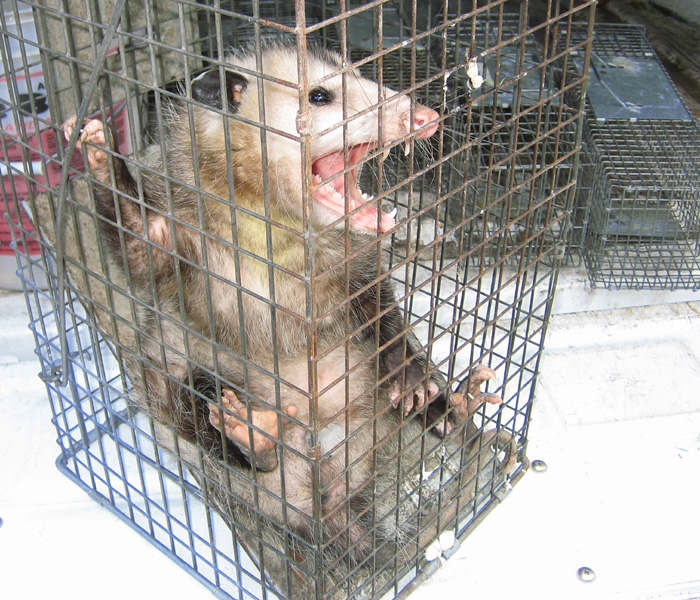
How Do I Get Rid of Possums
How Can I Prevent Possums In My Home?
Trim low tree branches and keep grass and shrubs short and tidy. Possums like to hide in bushy areas and can take up residence in piles of branches and other types of debris. If any tree branches come in contact with your home, eliminate them. These can create a “bridge” that can be used for possums to get into your attic and roof.
If you have old unused items in your yard including cars and furniture, get rid of it quickly before it becomes a home for a possum family.
Add screening to areas under your home to prevent possums from accessing them.
Add fencing around your home that is at least four feet high. If you decide to add electric fending it should be at least three to four inches above the top of the fence.
What Are Some Home Remedies For Possum Problems?
Ammonia is another very effective deterrent. Pour some into an old coffee can and place a rag into it. This will act as a wick and disperse the ammonia fumes.
Live trap the animals and remove them far away from your home.
How To Get Rid Of Possums With?
Get rid of Possums. has plenty of effective solutions for the elimination and deterring of possums
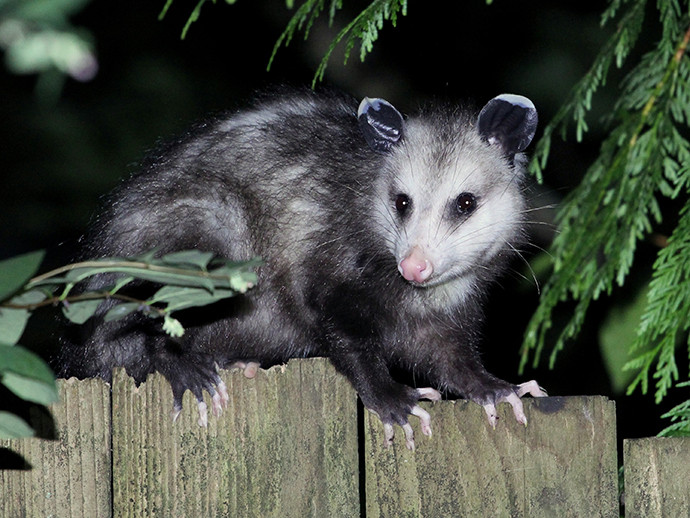
A Complete Guide To Possum Pests
Don’t let their looks fool you, although cute and cuddly, possums can be a real pain when they invade your home. In addition to the ruckus they cause as they go about their business inside your home, possums present a health risk as they can spread disease to humans and pets. Possums spread diseases through their urine and droppings.
The Lifecycle Of A Possum
Possums are marsupials, meaning they carry their young in a pouch. They usually give birth in May and June after a gestation period of about 17 days. A newborn possum is about 1.5 cm long and only weighs about 2 g. Despite the small size, the newborn can climb unaided through fur into the female’s pouch where it attaches to a teat.
The young possum will feed and develop for about 5 months while still inside the mother’s pouch. It will then spend another two months clinging to its mother’s back as she moves around. Usually, possums give birth to only one young at a time, which males do not participate in looking after.
Control and Prevention of the Possum
The first step in possum control is prevention. Keep them out of your home and you won’t have to worry about getting rid of them. To keep possums out of your home you should:
Cover all openings that possums could use to get into the house. If it’s a vent, use a slotted metal vent cover to ensure that no animals get through.
Trim the tree branches near your home so that they are at least 10 ft from your roof. Possums are good climbers and could use them to get to your roof.
Protect low decks by installing grid screening and other suitable barriers.



